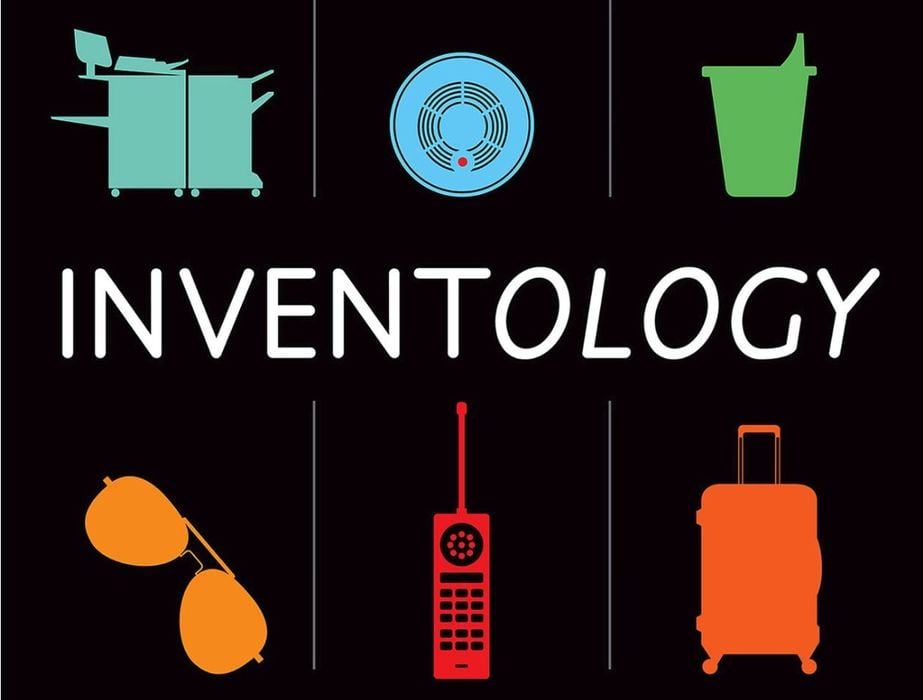
This week’s selection is “Inventology: How We Dream Up Things That Change the World” by Pagan Kennedy.
Fabbaloo readers are often inventors and creators, who use 3D printers to build the objects they’ve imagined. But what is the process one uses to come up with these original and often incredible ideas? How does an invention come from thin air?
That’s the subject of this interesting book, which delves into the individual creative process used by many to devise sometimes world-changing inventions.
To change the world, however, an idea must traverse a lifecycle of events, beginning a concept, then a prototype, then more prototypes, then validation and finally commercialization. The Inventology book focuses on the very first steps of that process, the steps where someone has a “eureka moment” and then has a new concept.
Kennedy interviewed a number of inventors in order to discover their process, and it’s a set of methods that anyone can use. There are five approaches, in fact.
The approaches include a look at how to identify problems that need to be solved. All too often we go through life, accepting by default something that could be better even though we don’t realize that improvements are possible. This is a tricky skill that requires out of the box thinking.
Another approach is essentially by accidental inspiration. An example could be seeing how something works in one domain and then applying it to another. It’s surprising how many famous inventions came about in this way, including the discovery of antibiotics by observing mold growth.
Visionary thinking is another path, where far-thinkers come up with outrageous ideas that ultimately are not outrageous. I am reminded of the three stages of an idea:
- You’re out of your mind
- (Much later) Hm, maybe you have something there?
- (Quickly after) When can we have it!??!
There’s actually a fourth stage: “And what did you have to do with this?”, but that’s another story.
Kennedy’s methods also include networking and connectivity between differing ideas, and the ability to challenge problems.
In all, this is a wonderful book that greatly clarifies the standard processes actual inventors use to develop their incredible ideas.
Perhaps you’d like to refine or build up your invention mojo? If so, this book is definitely for you.
We’re an Amazon Associate and earn a small fee from qualifying purchases. Help support our 3D print news service by checking out this book!
Via Amazon
